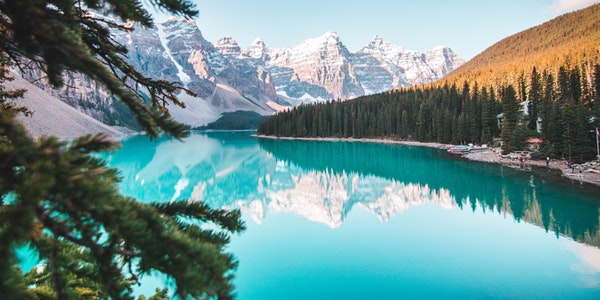Everyone has heard that a large aperture is good. The shallow depth of field that is too blurry is often called the novice to put it down, just want to really have a large aperture lens.
But when you really have it, do you know how to shoot portraits with shallow depth of field? How to match the aperture and the background? This is the most common problem faced by many photographers when they are exposed to large-aperture portrait photography.
This time we will take these issues as the starting point and cooperate with actual shooting examples to give you an in-depth understanding of the changes produced by large aperture and its application to portrait photography.
Table of Contents
The Combination of Bokeh and Scenery
When using a large-aperture lens, the photographer must be familiar with the meaning of bokeh in the picture, rather than simply opening the aperture.
Why do you say this? Because the depth of field represents not just a requirement for bokeh, but sometimes it is a manifestation of emotional evolution.
Generally speaking, we do not recommend opening the aperture to the maximum when shooting. In addition to the erroneous concept of being attached to shallow depth of field, the image will also fall into a state of no emotion, just like a seemingly beautiful painting, but there is no need for nostalgia, and it can be replaced at any time.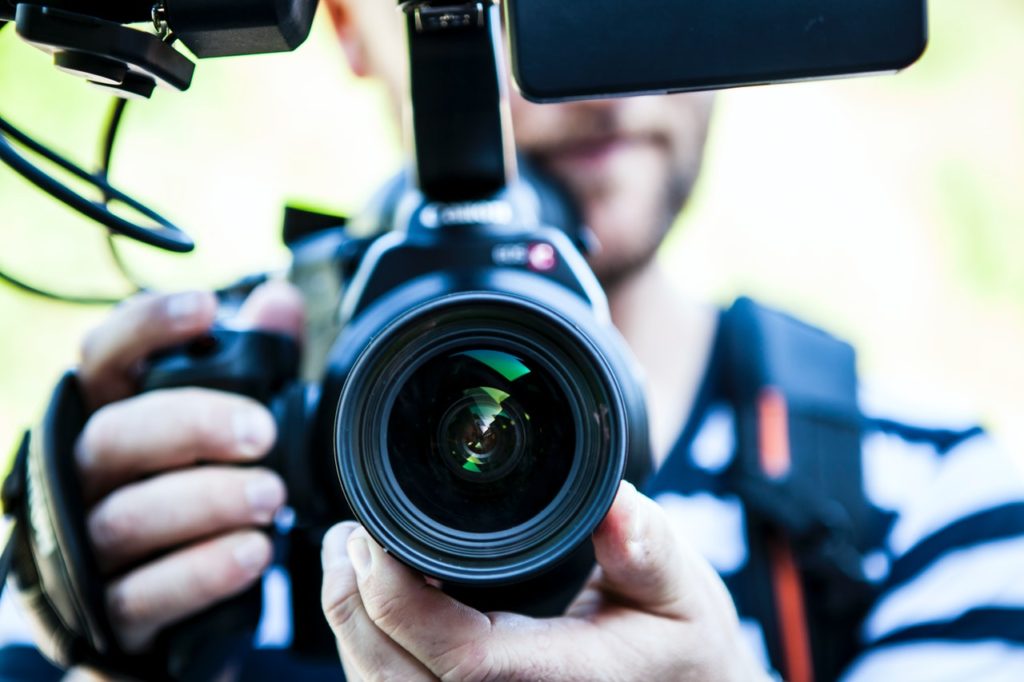
Therefore, when shooting, we should first observe the available elements in the scene, and simulate the situation shown by the depth of field in our brains, and preview the results of the image shooting.
From the following scene environment, we can see that all the trees are arranged in an orderly manner by the roadside. At this time, if the aperture is fully opened, the depth of field of the image will turn into layers of color blocks, which cannot express the layers that it should have. On the contrary, the screen will lose its meaning and become an ordinary image.
So how to control the collocation of the depth of field and the scene is the part that photographers need to pay special attention to before operating a large-aperture lens.
When shooting portraits, the depth of field can appropriately blur the background, soften the lines in the field of view, and enhance the perspective of the environment in which the image appears.
In addition to carefully observing and balancing the elements and images constructed between the scene and the depth of field, there are also other executable photography methods. It is a good composition technique to use large colors to replace the meaning of depth of field, or to use the light yellow halo produced under the backlight of the setting sun to frame the entire image. What is tested is not only my own view of the vision of the image, but also an opportunity to challenge the compositional ability.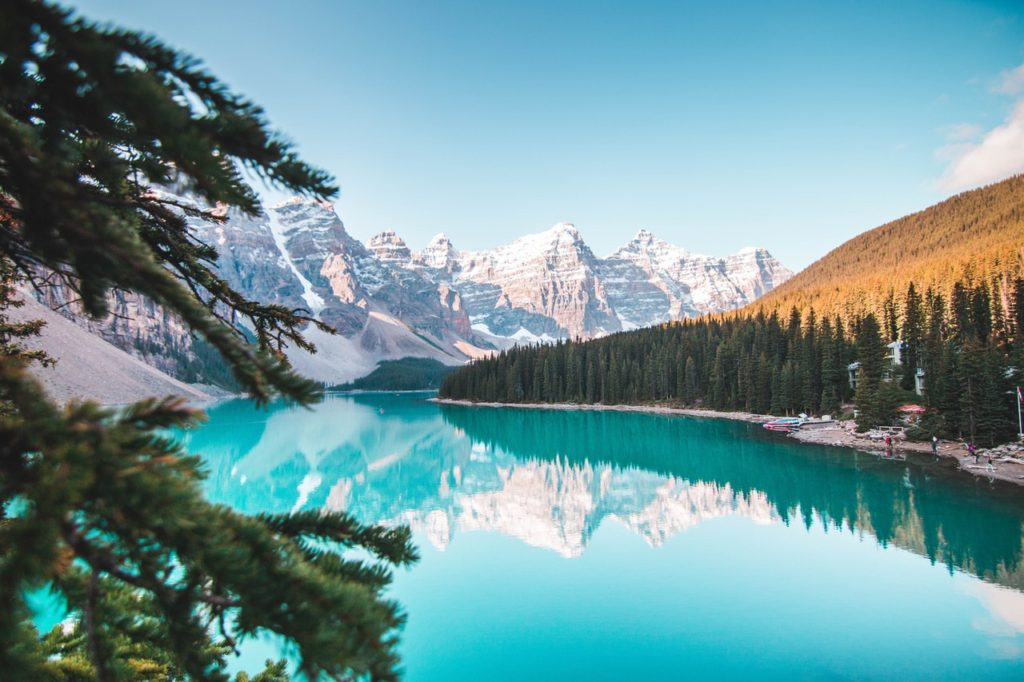
The bokeh blurred by the large aperture can be properly used to integrate background lines or frames into the composition.
Observe the elements and colors in the environment at the right time, and add the beauty of the sequence and the expression of the Model to the image, forming a beautiful landscape photo.
The Relationship Between Depth of Field and Focus Distance
In addition to the large aperture, the depth of field is related to the focusing distance. We all know that the depth of field of a macro lens is quite shallow, and the reason is that the focusing distance is very close. The greater the resulting magnification (the ratio of the physical size to the photosensitive element), the more blurred the part farther from the focus point.
Used in portrait photography, when using a telephoto lens, in addition to zooming in to blur the background, we can also get closer to the Model within the acceptable range of the composition. It can be seen that with only two small steps, the proportion of Model on the screen is slightly larger, and the effect of shallow depth of field in the background will be more dreamy.
Another interesting issue of focusing distance and depth of field involves the angle change of the real three-dimensional space. When we fix the focus distance, within the same depth of field from the camera, the picture should be clear and in focus.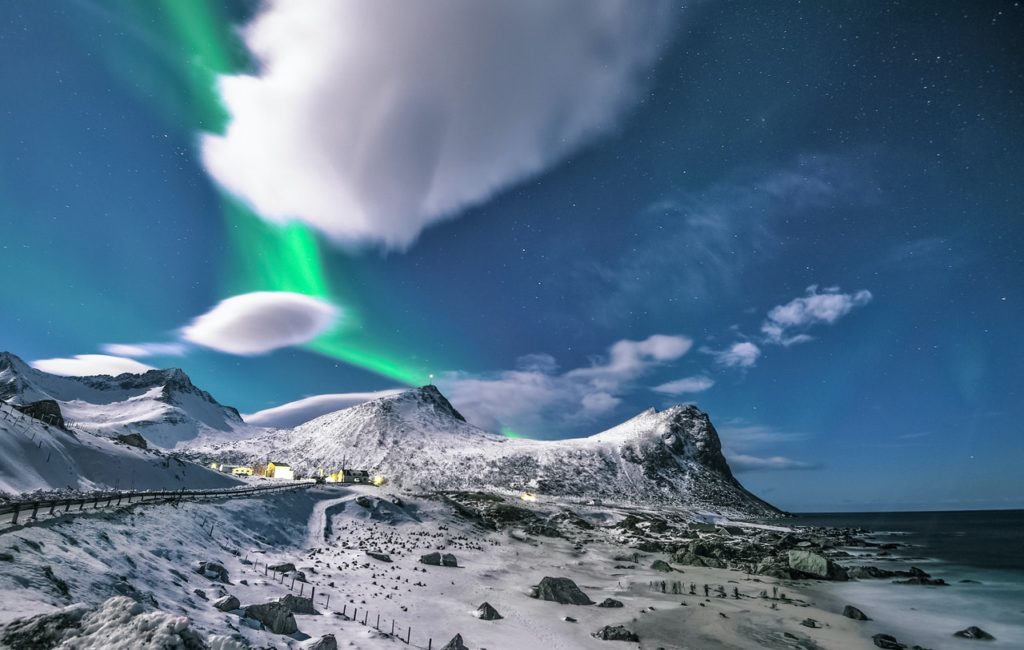
We can simulate the situation of shooting food. When we put the camera on the table and shoot food with a horizontal angle of view, you will find that only the plane in focus is clear, and the background shows a blurry out-of-focus phase. At this time, if we pick up the camera and shoot at a 45-degree angle, almost the entire plate of food will be in a clear state at this time. The reason is that the range of depth of field can change the range of depth of field in the picture because of the different shooting angles.
The same principle applies to portrait photography, we can see that one uses a flat angle of view, and the other uses a higher angle of view. In the photo, Miscanthus in the foreground is different in clarity. If you coordinate with the zoom adjustment of the aperture, you can freely control the most suitable depth of field effect.
The numerical difference between focal length and aperture:
When shooting, according to the numerical difference given by the focal length and the aperture, the effect of the image can be different. It is recommended that photographers try more and more apertures to experience the beautiful images displayed by different bokeh. In addition, the photographer can also look for some surrounding scenery and use the principle of large aperture and shallow depth of field to create a dreamy foreground effect and beautify the impression of the overall composition to the viewer.
Focusing method in low light environment
Many good low-light portraits, their sharp and deep eyes, or the dreamy bokeh displayed by artificial light, I believe they will all be wonderful works that players are attracted to after watching them, and people can’t help but want to shoot similar Image level.
But often after the actual shooting, I often feel a little confused, or I didn’t focus precisely on the position I wanted.
The main reason is that the focus system of low-level models cannot effectively distinguish the distribution of image levels in low-light conditions under low-light conditions, and thus cannot focus accurately.
There is another point, that is because the large aperture depth of field is extremely shallow. During the movement of the second composition after focusing, the resulting phase shift focus.
So, in the face of such a problem, how can we improve the focus accuracy? Do you spend a lot of money on top-of-the-line equipment, or do you take a few more shots and bet against it? Of course these are all options that can be considered, but in fact you have a better choice.
It is recommended that photographers use single-point focus, or use real-time shooting, to ensure that the focus is in the depth of field they want.
How to grasp the focus accuracy
For situations where the focus accuracy is affected by insufficient light, there are generally two quick and easy methods that players can use. First of all, players can make good use of the focus assist lamp of the external flash to assist in the focusing situation. The second is to use real-time shooting to manually frame the image and then fine-tune the focus for details.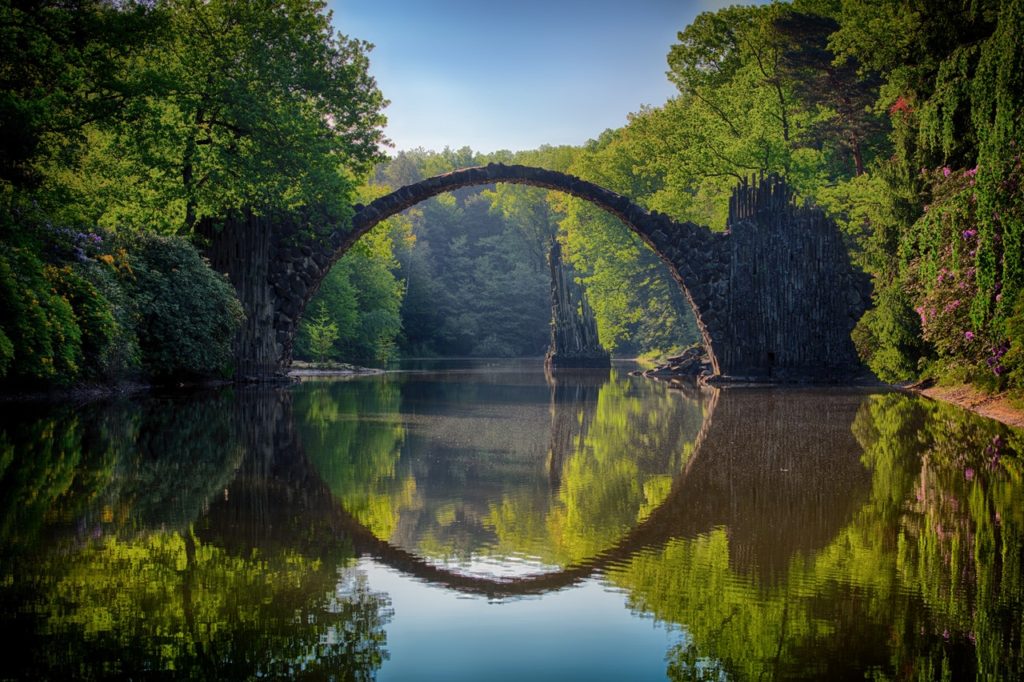
From the previous operating method, the photographer needs to adjust the external flash to turn off first to avoid the loss of the atmosphere caused by firing the flash. And use the infrared focus assist lamp to make up for the accuracy of the body due to the lack of light levels, and strengthen the body’s focus performance. In the application of real-time shooting, photographers can place the position where they want to focus, and manually adjust the sharpness of the image gradually until the area set by themselves is in focus. Although this processing method is relatively clumsy and has no speed at all, it is an extremely practical way of shooting.
Both the external flash and the original wireless trigger have quota infrared focus assist lights, which photographers can make good use of to help improve the chances of successful focusing in night portraits.
Although the above can allow photographers to slightly improve the shooting success rate of some large-aperture images when performing low-light photography. However, it is basically recommended that the photographer, if the ambient light source permits, control the aperture as far as possible to around F2.2~F2.8 when shooting. Lean against railings, wall corners, or other stabilizing equipment to help the image clarity to ensure that the image is accurate and sharp.
The new world of high-sensitivity applications
For many photographers who are using a large aperture to shoot portraits, night shooting is the best time to use a large aperture lens. Not only can it use the feature of large aperture and large amount of light to increase the shutter speed in a timely manner, and assist in image stabilization, it can also show the charming scene of the city with thousands of lights in the image.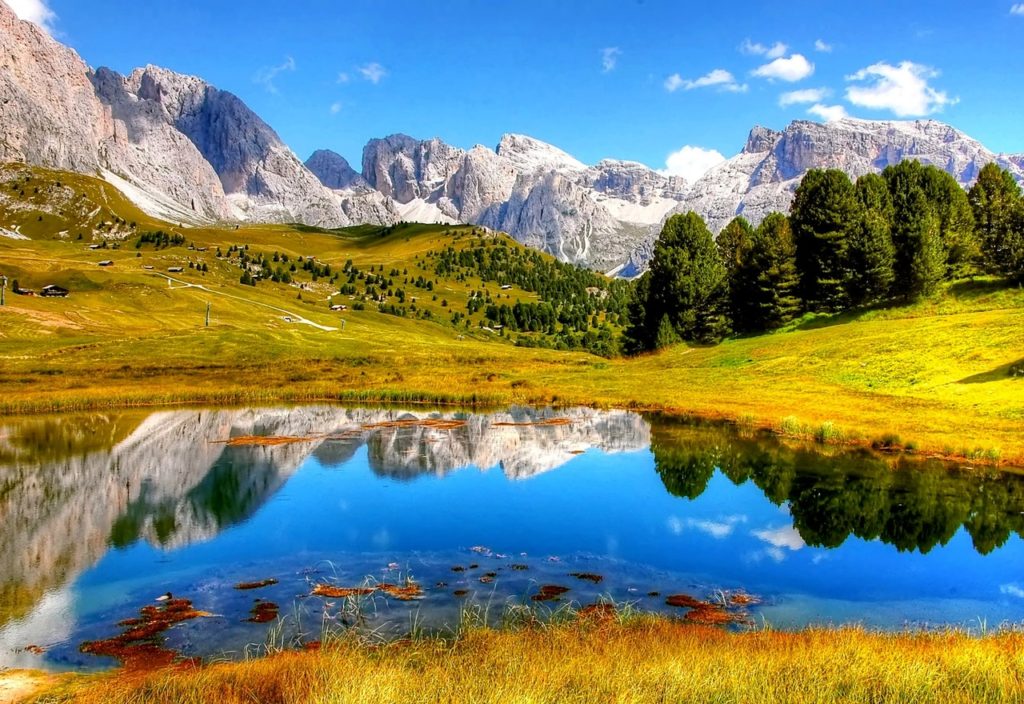
Still remembering the contents of magazines in the past few years, we often advocate photographers to reduce the use of high-sensitivity as much as possible to reduce the impact of noise on the picture. We even hope that players use flashing lights to fill up the light, so that the image effect can be more intense in the style of the night.
However, with the improvement of photosensitive element technology and the improvement of processor performance, the available ISO has long surpassed the past and has come to a higher level.
So it is no wonder that in the past year, the photographer’s idea of night portrait photography has been constantly changing. Not only gradually reduced the use of flashing lights, but also began to focus on the unique atmosphere led by the weak light, trying to use the mood generated by the light and atmosphere.
For photographers who want to try this kind of subject matter, it is recommended to prepare at least one lens with a large aperture of F1.8 (F1.4 is recommended). Whether it is 24mm, 35mm, or even the most basic 50mm F1.8, it can be operated with high sensitivity above 1600 and with the Av aperture priority mode.
When shooting, the photographer can first look around the artificial light source to find a more ideal light direction, and first use forward light, back light, side light and other methods to perform basic capture first. After the environment is more familiar, you can freely use the direction of light and change it. For example, using super bright street lights to create silky shine is also a good way of performance.
Application of environmental props: If you can properly configure the composition, even street lights can be used as props, showing the colorfulness of night light.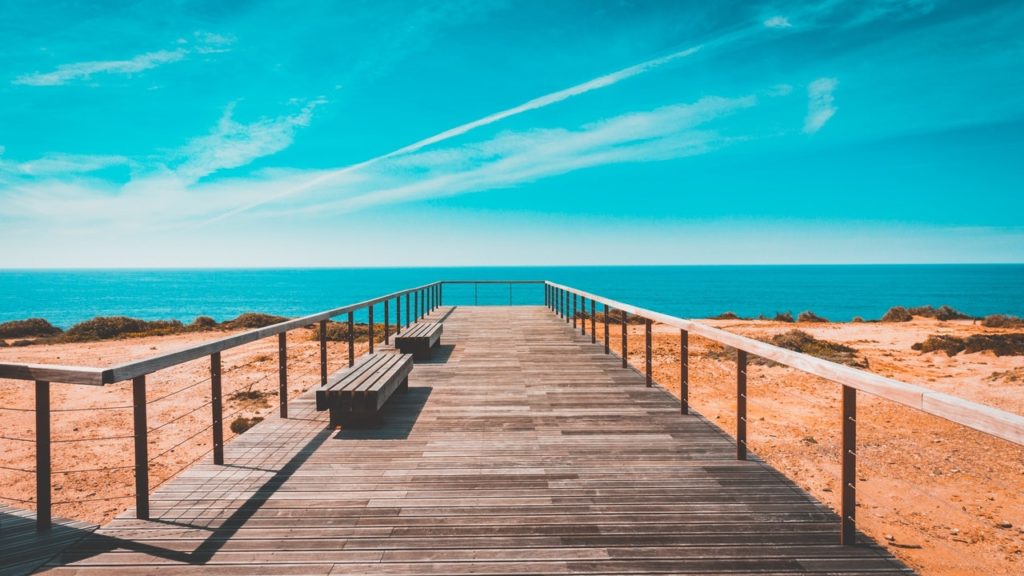
Color adjustment of night portrait
In terms of color presentation at night, since most of the street lights in LA use yellow lights, after shooting with a large aperture and high sensitivity, the image will inevitably be too warm. It is recommended to fine-tune the white balance before shooting, or use the RAW file to modify it afterwards to find out the tone and style suitable for night shooting.
Backlight Tips: When shooting at night, players should carefully observe the surrounding lights, let the Model stand in an appropriate position, use the ambient light source to illuminate the face of the Model, and try to use the strong light of the background to set off the outline of the Model.
Appropriate adjustment of the white balance can not only correct the high warm tone brought by night shooting, but also convey the calm mood of the night in light blue.
